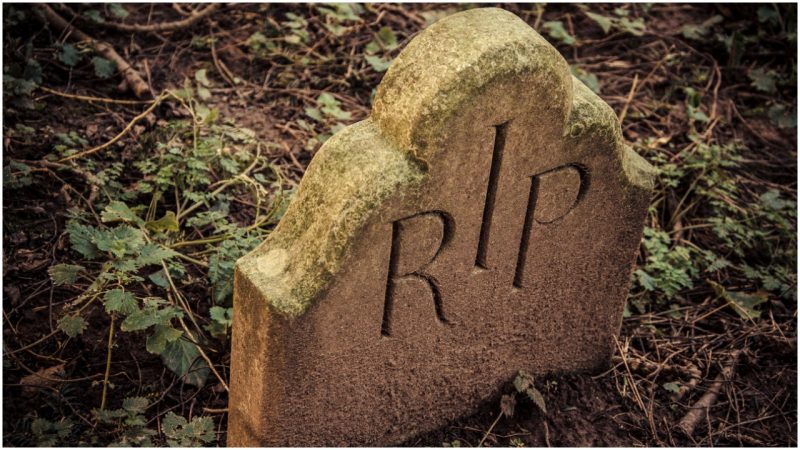South View Cemetery in Basingstoke, England, could rightly be called a park. Picturesque ruins dot the grounds and mature, thickly-foliaged trees shroud the graves. It is also the site of a bit of macabre history dating back to just after the reign of Queen Elizabeth I.
Alice Blunden was married to a malt dealer and enjoyed a comfortable lifestyle. Described as a gentlewoman of sizeable girth, she had the misfortune one day in 1674 of consuming a bit too much poppy water. This narcotic beverage was responsible for sinking her into a coma so deep that when her family summoned a doctor, a mirror placed below her nose failed to detect her breathing.
Though her husband was away on business and wanted the funeral postponed until he could come home, Mrs. Blunden’s family, at the behest of the doctor, decided to bury her without delay. This haste would prove to be even more disastrous for Alice than her choice of drink.
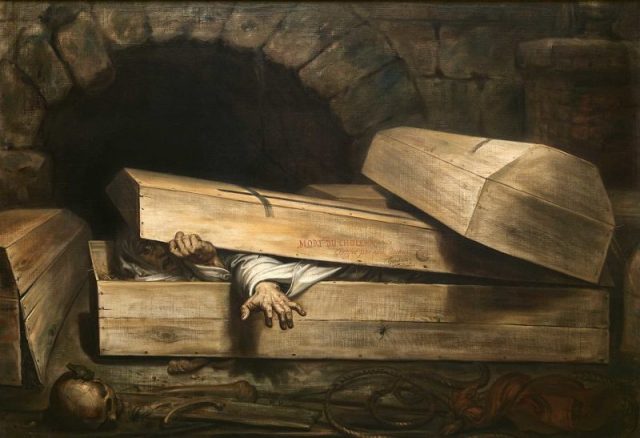
Never has it been suggested that anyone knew Alice was still alive and present during her funeral. It’s possible that Mrs. Blunden’s family, sensitive to her large size, simply wanted to get her into the ground before putrefaction set in.
In those days, funeral attendants simply didn’t have the use of the large freezers for body storage that we employ today. Heat, coupled with the fact that obese humans decay at a faster rate than lean ones, would have meant it was in everyone’s best interest to bury Mrs. Blunden as soon as possible.
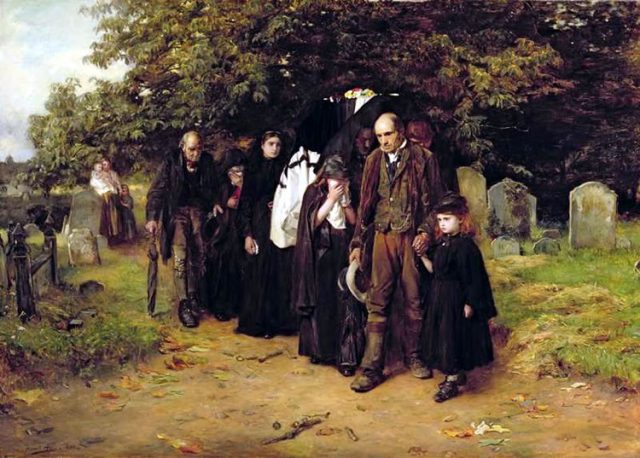
Given how quickly her family wanted her in the ground, it would seem that a ready-made coffin was selected instead of a custom-built piece. Mrs. Blunden’s large frame was forced into a coffin that was too small to adequately hold her, resulting in the use of poles to force her arms and legs down so that the lid could be fastened shut.
The coffin did not remain shut for long. Two days later, children playing in the graveyard were frightened when they heard Alice Blunden’s moans and cries for help coming from her fresh grave. They immediately went and told their headmaster who, rather than taking them seriously, punished them for making up stories.
Drone footage of the beautiful Donnington Castle, UK
It would be another full day before the headmaster, finally deciding to investigate, came and heard Alice’s weakening cries for himself, and still later in the day before anyone could be found to dig her back up.
Mrs. Blunden, as could be imagined, was in quite a state when she was finally exhumed. She had bruises and blood all over her from trying for days to escape her burial plot, and was so weakened from the experience that she had passed out. Rather than taking her to see a doctor, it was decided that as she had, by now, expired.
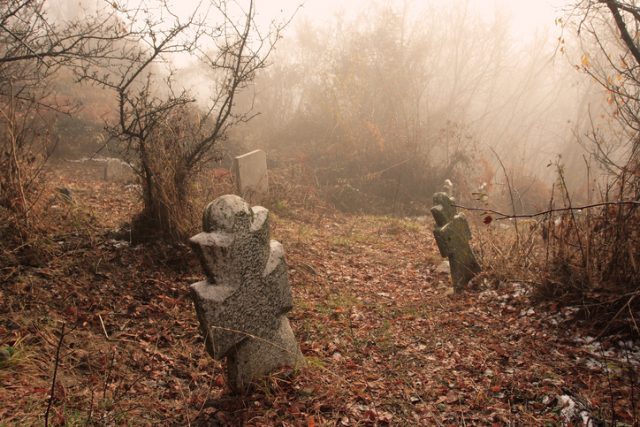
For a second time, poor Mrs. Blunden was bundled up into her coffin and deposited back in her grave, with a guard posted to ensure that she remained there. Sometime during the night it began to rain, and the guard abandoned the cemetery in favor of a local pub. This time, Alice obliged everyone by dying.
When the grave was uncovered the following morning, it was discovered that Mrs. Blunden had awoken during the night and, finding herself once more inside the grave, torn her face and hands to shreds in her panic to escape. She was not to be so lucky this second time, however, and her family discovered that this time, for certain, she was deceased.
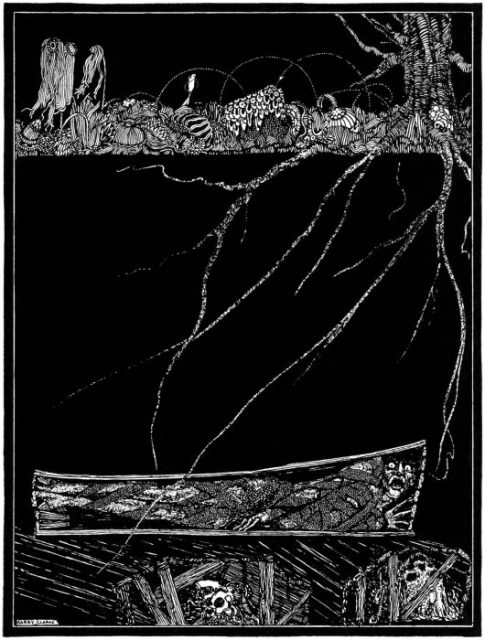
A court case was brought forth, presumably by her husband, against those who had been involved in Alice Blunden’s burial (the first and the second). Though being found guilty of murder was certainly a possible outcome, it was the testimony of the doctor that saved Alice’s family from the gallows, as he testified that he had administered the original death test and found Mrs. Blunden to be unresponsive. So far as anyone was aware, the mirror test had never failed before. Alice Blunden, then, was simply the unlucky outlier.
Read another story from us: The Macabre Story of Sin-Eaters
Those who wish to pay their respects can visit the grave and view a memorial plaque that the city has set up in Mrs. Blunden’s honor. It has been hundreds of years since her final internment, so there really is no need to fear…this time Alice is dead, for sure.
